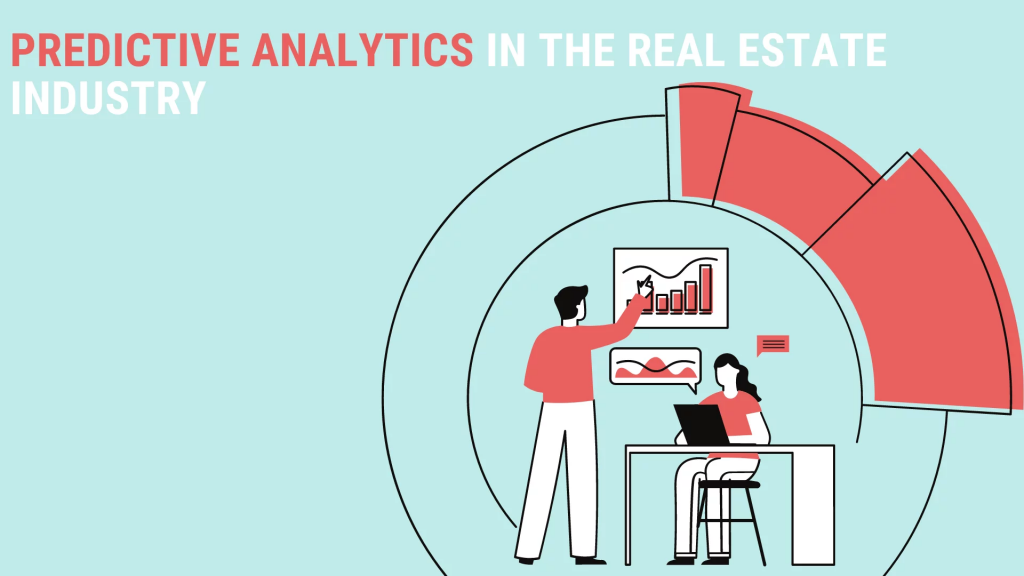
Have you ever wondered how companies like Amazon or Netflix know what you want to buy or watch before you even realize it? The answer lies in predictive analytics, a powerful tool that uses data, statistical algorithms, and machine learning techniques to make predictions about future events or behaviors.
Predictive Analytics Definition
Predictive analytics is the practice of using data, statistical algorithms, and machine learning techniques to identify the likelihood of future outcomes based on historical data. It involves analyzing and interpreting large amounts of data to discover patterns, trends, and correlations that can be used to make accurate predictions about future events.
How Does Predictive Analytics Work?
Predictive analytics works by using a combination of data mining, machine learning, and statistical modeling techniques. The process involves the following steps:
- Collecting and cleaning data: The first step is to collect and clean the data that will be used for analysis. This involves identifying the relevant data sources, extracting the data, and ensuring that the data is accurate and complete.
- Exploring the data: The next step is to explore the data to identify patterns, trends, and correlations. This can be done using tools like scatter plots, histograms, and heat maps.
- Building models: Once the data has been explored, the next step is to build predictive models using statistical algorithms and machine learning techniques. These models are trained on historical data and are used to make predictions about future events.
- Testing and validating models: The final step is to test and validate the models to ensure that they are accurate and reliable. This involves using the models to make predictions on new data and comparing the results to actual outcomes.
Applications of Predictive Analytics
Predictive analytics has a wide range of applications across industries, including:
- Marketing: Predictive analytics can be used to identify customer segments, predict customer behavior, and optimize marketing campaigns.
- Healthcare: Predictive analytics can be used to identify patients at risk of developing certain diseases, predict outcomes of medical procedures, and optimize treatment plans.
- Finance: Predictive analytics can be used to detect fraud, predict credit risk, and optimize investment strategies.
- Manufacturing: Predictive analytics can be used to predict maintenance needs, optimize production processes, and reduce downtime.
Benefits of Predictive Analytics

The benefits of predictive analytics include:
- Improved decision-making: Predictive analytics provides insights that can help businesses make better decisions about everything from marketing campaigns to investment strategies.
- Increased efficiency: Predictive analytics can help businesses streamline processes, reduce waste, and optimize operations.
- Better customer experiences: Predictive analytics can help businesses personalize customer experiences and improve customer satisfaction.
- Reduced risk: Predictive analytics can help businesses identify and mitigate risks, such as fraud or credit defaults.
Conclusion
Predictive analytics is a powerful tool that can help businesses make better decisions, improve efficiency, and reduce risk. By using data, statistical algorithms, and machine learning techniques, businesses can make accurate predictions about future events and behaviors, allowing them to stay ahead of the competition and deliver better experiences to their customers.

👤 About the Author
Ashwani is passionate about DevOps, DevSecOps, SRE, MLOps, and AiOps, with a strong drive to simplify and scale modern IT operations. Through continuous learning and sharing, Ashwani helps organizations and engineers adopt best practices for automation, security, reliability, and AI-driven operations.
🌐 Connect & Follow:
- Website: WizBrand.com
- Facebook: facebook.com/DevOpsSchool
- X (Twitter): x.com/DevOpsSchools
- LinkedIn: linkedin.com/company/devopsschool
- YouTube: youtube.com/@TheDevOpsSchool
- Instagram: instagram.com/devopsschool
- Quora: devopsschool.quora.com
- Email– contact@devopsschool.com

